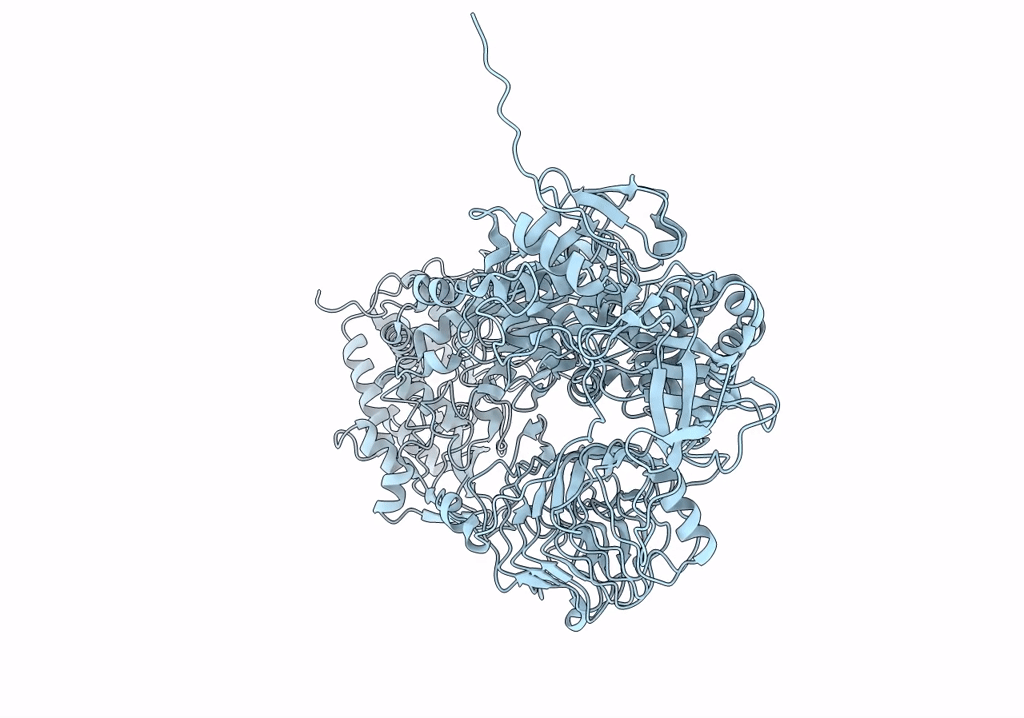
Deposition Date
2022-05-02
Release Date
2022-11-23
Last Version Date
2025-05-14
Entry Detail
Biological Source:
Source Organism:
Gemella haemolysans (Taxon ID: 1379)
Host Organism:
Method Details:
Experimental Method:
Resolution:
3.28 Å
Aggregation State:
PARTICLE
Reconstruction Method:
SINGLE PARTICLE


